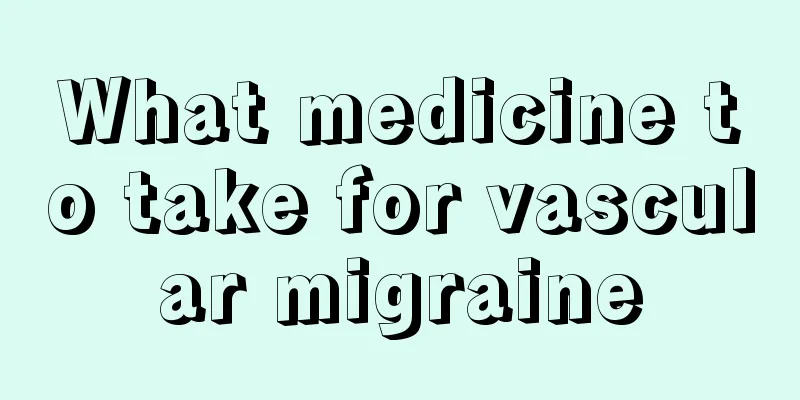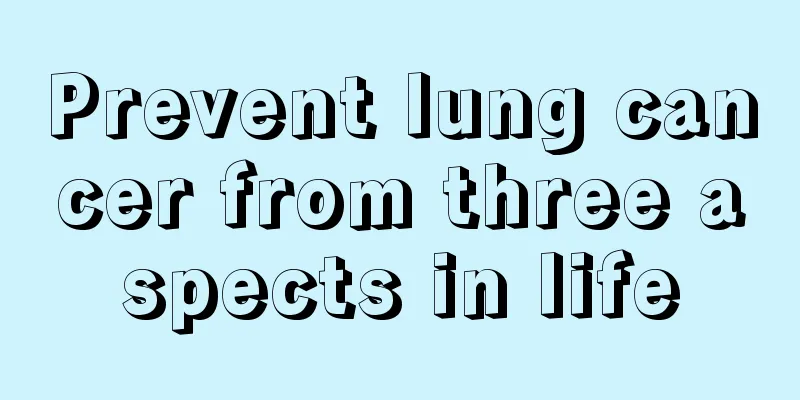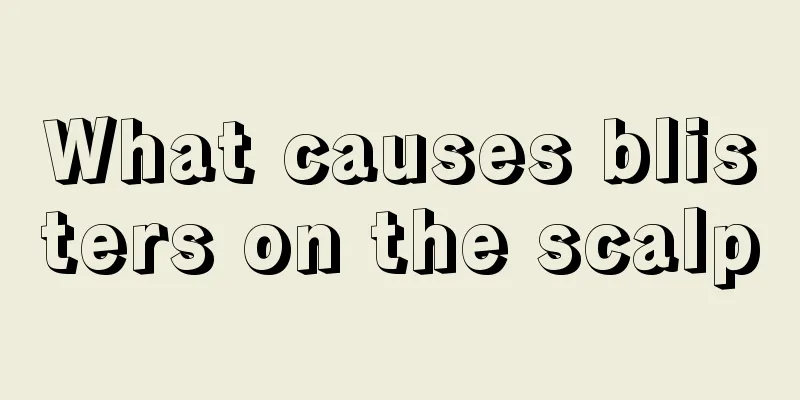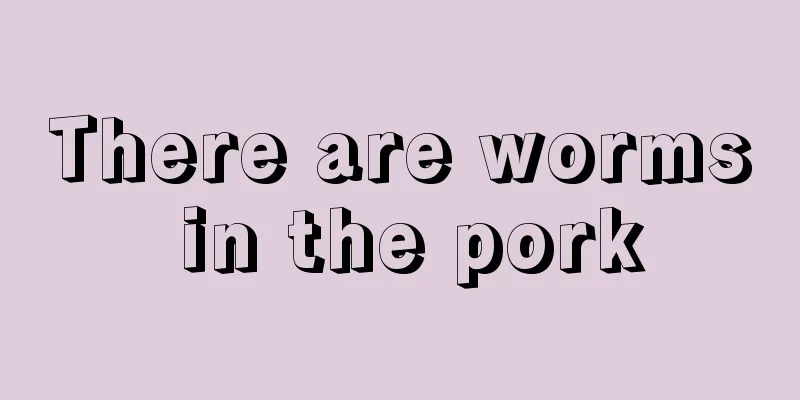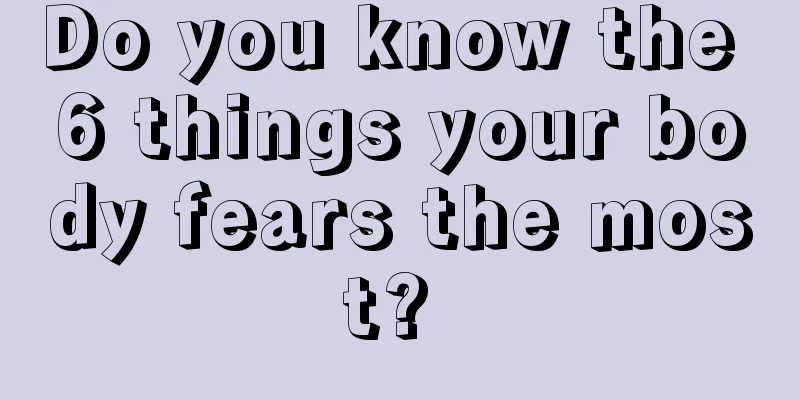Can I do moxibustion for a cold? Two methods are effective

|
Cold is a common disease and does not have a great impact on the body. During this period, you can insist on doing moxibustion. Moxibustion is particularly effective for diseases such as cold, deficiency, and pain. Especially for cold diseases, it can promote blood circulation and relieve pain, dispel cold, and replenish yang. 1. Can I do moxibustion when I have a cold? You can use moxibustion to treat colds. Moxibustion will not be affected during a cold. Just pay attention to actively symptomatic treatment of the cold. Moxibustion is particularly effective for diseases such as cold, deficiency, and pain, especially for cold diseases. Moxibustion has higher penetrating power than ordinary flames, and can promote blood circulation, relieve pain, dispel cold, and replenish yang. The symptoms of a cold caused by wind and cold are superficial and the condition is relatively mild. Generally, the back acupoints on the bladder meridian are selected. Recommended acupoints: bilateral lung points, Dazhui, and bilateral kidney points. The effect will be better if combined with acupuncture. 2. Methods of moxibustion for colds Method 1 Symptoms: severe aversion to cold, mild fever, headache without sweating, clear runny nose, thin white sputum, no thirst, pale red tongue, thin white fur, and floating and tight pulse. Governing Law: (1) Acupoints: Baihui, Dazhui, Fengmen, Feishu (2) Locate Baihui: on the top of the head, on the midline, midpoint of the line connecting the two ear tips, or 5 inches directly above the center of the front hairline. Dazhui: On the back, on the posterior midline, in the depression below the spinous process of the seventh cervical vertebra (the most protruding bone on the back of the neck when you lower your head). Fengmen: On the back, below the spinous process of the second thoracic vertebra, 1.5 inches lateral to both sides. Feishu: On the back, below the spinous process of the third thoracic vertebra, 1.5 inches on both sides. (3) Moxibustion method: Use moxa sticks to gently moxibustion each acupoint for 15-20 minutes until the local skin becomes warm and red and the symptoms of aversion to cold are relieved. Do this 1-2 times a day until the disease is cured. Method 2 Symptoms: mild aversion to cold, severe fever, headache with sweating, runny nose, thick yellow phlegm, thirst, red tongue, thin yellow fur, and floating and rapid pulse. Governing Law: (1) Acupoint selection: Dazhui, Quchi, Chize, Hegu (2) Locate the Dazhui: on the posterior midline, in the depression below the spinous process of the seventh cervical vertebra (the most protruding bone on the back of the neck when the head is lowered). Quchi: When the elbow is bent, the point is in the depression on the radial side of the elbow transverse line. Chize: In the middle of the elbow transverse line, on the radial edge of the biceps tendon. Hegu: It is commonly known as the base of the thumb, where the muscle bulges when the thumbs are put together. (3) Moxibustion method: moxibustion with moxa sticks, 10 to 15 minutes per acupoint, 1 to 2 times a day. When the symptoms disappear, moxibustion can be continued 1 to 2 times before stopping. |
<<: How to practice the Qigong method to strengthen virility, kidney and essence
>>: What harm does subcutaneous bleeding cause? Why is it so serious?
Recommend
I have a cold and I am thirsty, but drinking water doesn't quench my thirst
We all know that when the body is extremely dehyd...
What to do if the skin on your face peels due to welding
In many jobs, such as machinery manufacturing and...
External treatment of colorectal cancer with traditional Chinese medicine
Colorectal cancer has a high incidence rate in my...
Seven things to do before going to bed to stop you from suffering from insomnia and dreaminess
Not getting enough sleep can harm your health. I ...
How long is the appropriate time for morning jogging every day
For friends who want to lose weight, they need to...
Is it obvious after the first face-lift injection?
For many people who want to make their faces smal...
How to remove coffee stains?
Many young people have the habit of drinking coff...
What's the matter with sudden stomachache and nausea
In our daily lives, we often encounter many emerg...
Contraindications of external counterpulsation
The heart is not only a hematopoietic organ, but ...
Back scraping order
Gua Sha is a traditional Chinese medicine therapy...
Why can't I drink water due to thyroid cancer?
Thyroid cancer is a malignant tumor originating f...
What are the symptoms of nasopharyngeal carcinoma neuralgia
What are the symptoms of nasopharyngeal carcinoma...
How many calories do women consume in a day?
Everyone needs to consume calories every day, esp...
Tips to make your hair darker
A head of thick black hair is what everyone wants...
What are the methods of tooth restoration?
Tooth repair is necessary for many patients with ...

